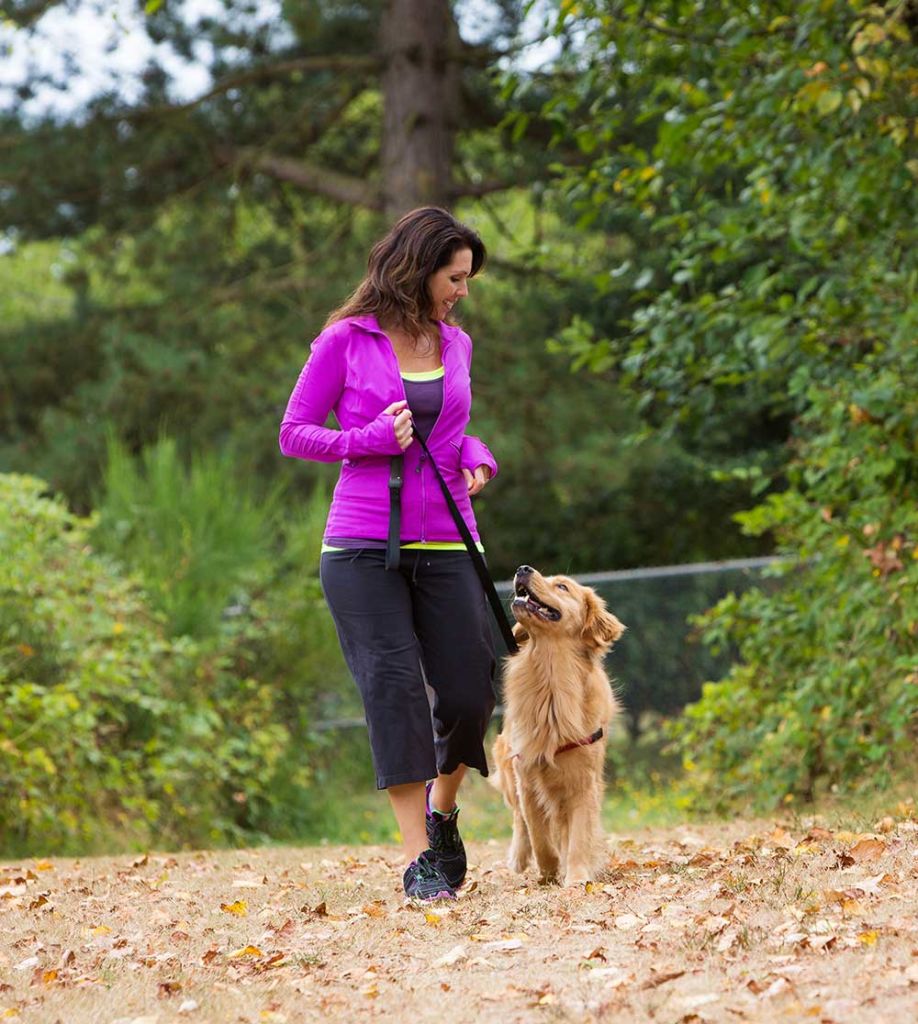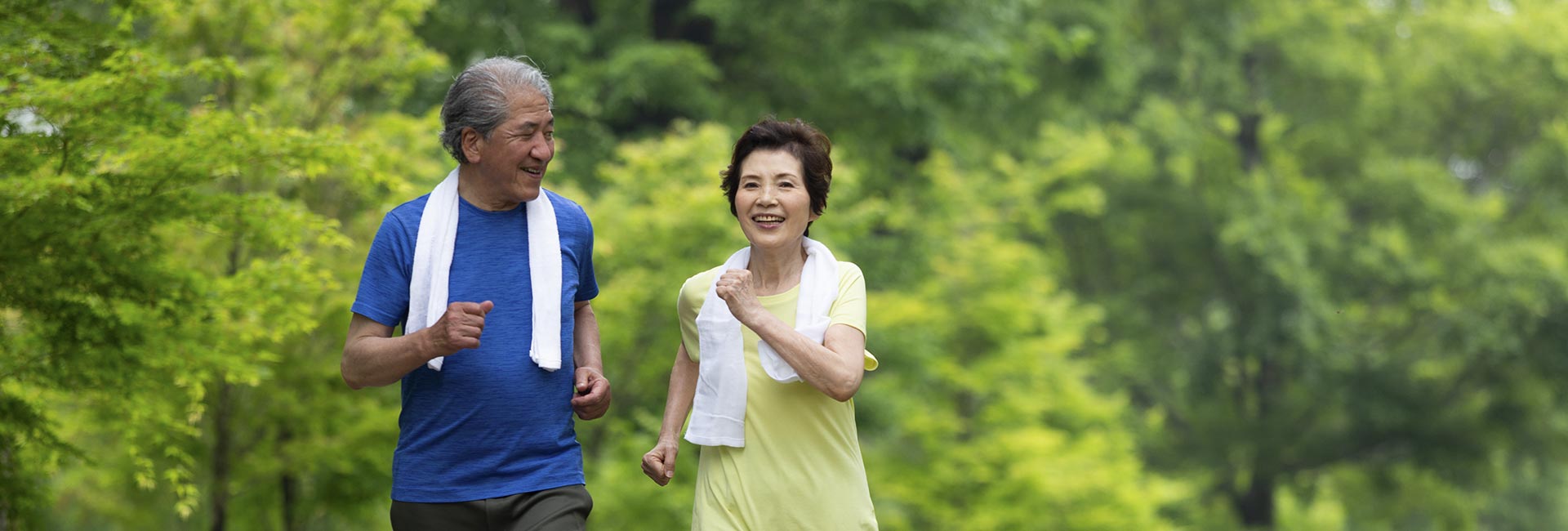Often exercise, especially cardio, can seem intimidating and frankly, unenjoyable. Walking is a superb way (and dare I say underrated way, too?) to obtain the physical and mental benefits of cardiovascular exercise. It can be social, connect you to your community, or simply be dedicated self-care time.
Cardiovascular exercise increases your heart rate which leads to increased blood flow and oxygen delivery throughout your body; this combined with the hormones that are released leads to a boost in energy.4
Walking is an approachable and accessible form of exercise that can lead to the same benefits as higher-intensity exercise. Walking protects the joints by lubricating them and strengthening the muscles that support them, which can reduce arthritis-related pain.3 A study of more than 1,000 participants found that folks who walked at least 20 minutes a day, 5 days a week, had 43 percent fewer sick days than those who exercised once a week or less. And when the walking cohort did get sick, their symptoms were less severe and of shorter duration.4
Now, let’s debunk a few common misconceptions. I think it is safe to assume that when people think of cardio, they think that it must be a certain intensity to be effective. However, analyses of various studies have actually found that walking at a moderate intensity can offer similar health benefits as running at higher intensities. Another misconception is the “10,000 daily steps” goal. Would you be shocked to know that this number is not rooted in science? The 10,000-step goal was developed as a marketing tactic by a pedometer company in the 1960s. Harvard Health reports that death rates continue to drop with taking up to 7,500 steps daily, but beyond that, there are no additional health benefit.4 Of course, the exact number of steps varies from person to person and ultimately this is about you and your individual needs.

Furthermore, emphasizing the individuality of walking is the mood-boosting and mental health benefits that can accompany a regular walking routine. Cardiovascular fitness is associated with improvements in memory, cognitive speed, and attention.2 Walking through rural and urban greenspaces improves psychological health by reducing stress, enhancing mood, and offering a restorative environment to escape daily stresses.1
At Therapeutic Associates Physical Therapy, our passion is empowering patients with the knowledge, understanding and inspiration they need to stay active and healthy. Our therapists would love to talk to you about ways to incorporate a walking routine into your home-exercise program.
Below is a list of five local greenspace recommendations to kick start your mood boost and individual walking routine.
-
Something New: Newell Creek Canyon Nature Park
Off Warner Milne Road, this exciting new addition to OC makes hiking in town possible. There is even a waterfall for those who need the motivation of a view. -
The Other Side of The Bridge: Mary S. Young Park
If you are up for venturing into rival territory, this park offers trails along the Willamette River. -
The Cult Classic: Clackamas Community College Loop
Simply the perfect walking path. -
The Jack of All Trades: Canemah Bluff Nature Park
Walking paths, a playground, picnic tables, beautiful views; and if that is not enough check out Old Canemah Park just down the street. Pro tip: a couple times a year the pioneer cemetery off of the trail is open to walk through. -
The Local Ascent: Mt. Talbert Nature Park
Pop over to Clackamas for all the excitement of “climbing a mountain,” minus the altitude sickness, extensive training and hiring a Sherpa parts.
REFERENCES
Barton, J., Hine, R., & Pretty, J. (2009). The health benefits of walking in greenspaces of high natural and heritage value. Journal of Integrative Environmental Sciences, 6(4), 261-278.
Roe, J., & Aspinall, P. (2011). The restorative benefits of walking in urban and rural settings in adults with good and poor mental health. Health & place, 17(1), 103-113.
Harvard Medical School. (2020, October 13). 5 surprising benefits of walking. Harvard Health. Retrieved May 1, 2022, from https://www.health.harvard.edu/staying-healthy/5-surprising-benefits-of-walking
Harvard School of Public Health. (2021, November 30). Walking for exercise. The Nutrition Source. Retrieved May 1, 2022, from https://www.hsph.harvard.edu/nutritionsource/walking/#:~:text=Walking%20is%20a%20
